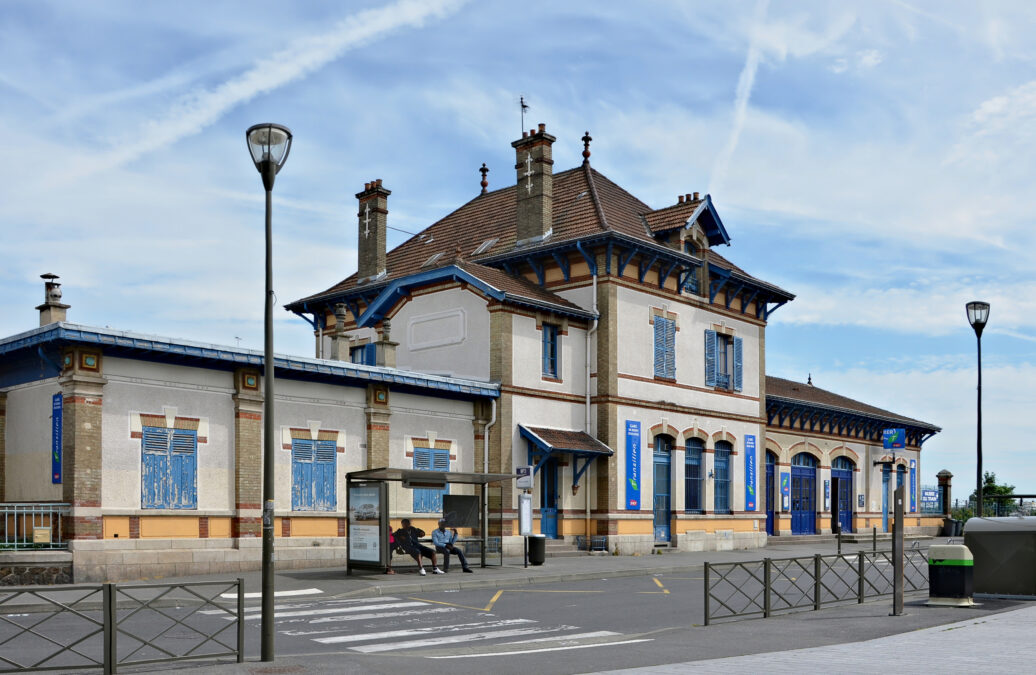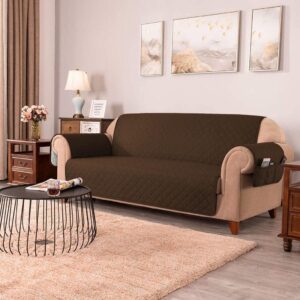La Dune in Rosny-sous-Bois: A Landmark of Community and Diversity in the Paris Suburbs

As the first rays of sunlight illuminate the streets of Rosny-sous-Bois, a suburb just east of Paris, a distinctive structure comes alive with the sounds of footsteps and conversations. Known as La Dune, this cultural and community hub has become a centerpiece of life in the neighborhood. Unlike the towering glass offices of central Paris or the grand architecture of the Champs-Élysées, La Dune reflects the vibrancy and diversity of Rosny-sous-Bois. It’s more than just a building—a meeting point for different generations, ethnicities, and cultures, a symbol of the community’s evolving identity. On any given day, residents might gather here to share stories, host events, or attend workshops, all contributing to a unique atmosphere that combines tradition and modernity.
This article explores the history, design, and significance of la dune rosny-sous-bois, its impact on the community, and how it reflects the broader changes occurring in Parisian suburbs.
The Birth of La Dune: A Vision for Community
la dune rosny-sous-bois, officially named “La Dune – Espace Culturel et Social,” was inaugurated in 2019 as part of a municipal initiative to enhance community spaces in Rosny-sous-Bois. The project was born to create a venue where residents could connect, celebrate their cultural diversity, and access essential social and educational services.
Rosny-sous-Bois, located approximately 10 kilometers east of Paris, is part of the Seine-Saint-Denis department, an area known for its affluent multicultural population but also for facing socioeconomic challenges. According to data from INSEE (France’s National Institute of Statistics and Economic Studies), over 30% of the population in Seine-Saint-Denis are immigrants, contributing to its vibrant cultural landscape. la dune rosny-sous-bois was designed to reflect this diversity and serve as a unifying space for the 47,000 residents of Rosny-sous-Bois.
Architectural Design: A Blend of Functionality and Modernity
La Dune’s architecture is as unique as its purpose. Designed by Atelier Architects, the building features sleek, modern lines with a focus on sustainability and accessibility. It stands out not because of its size but because of its innovative use of space and materials.
Key Architectural Features:
- Eco-Friendly Design: The building incorporates energy-efficient solar panels, rainwater collection, and high-performance insulation, reflecting a growing emphasis on green architecture in urban planning.
- Open Spaces: La Dune includes large, adaptable rooms for hosting events, workshops, and performances. These spaces are designed to be flexible, accommodating everything from yoga classes to community theater.
- Welcoming Aesthetic: The facade features a mix of glass and natural materials like wood, creating an inviting atmosphere that encourages residents to engage with the space.
La Dune’s design is not just about aesthetics—it’s a statement of inclusion, reflecting the community’s desire for openness and collaboration.
What Happens at La Dune?
Since its inauguration, la dune rosny-sous-bois has hosted a wide range of activities to foster community engagement and support residents. Here’s a glimpse into some of its essential functions:
- Educational Workshops
La Dune regularly organizes workshops on digital literacy, language learning, and career development. According to INSEE, these programs are particularly beneficial for Rosny-sous-Bois’ immigrant population, where 41% of residents under 25 are children of immigrants.
- Cultural Events
From art exhibitions to musical performances, la dune rosny-sous-bois celebrates the cultural diversity of Rosny-sous-Bois. A recent example is the “Festival des Cultures,” which brought together residents to showcase traditional dances, food, and crafts from their countries of origin.
- Social Services
La Dune also serves as a social services hub, offering free counseling, legal aid, and childcare support. These services are vital in Seine-Saint-Denis, where the poverty rate is 28.6%, one of the highest in France (Observatoire des Inégalités).
- Community Meetings
The venue serves as a space for town hall meetings and discussions about local issues, giving residents a voice in the development of their community.
By offering a mix of cultural, educational, and social activities, La Dune has become a cornerstone of daily life in Rosny-sous-Bois.
The Social Impact of La Dune
The arrival of la dune rosny-sous-bois has significantly impacted the community, particularly in terms of fostering social cohesion. In an area as diverse as Rosny-sous-Bois, where residents come from over 50 different nationalities, creating a shared space has helped break down barriers and build connections.
Bridging Generational Gaps
La Dune’s most notable achievement is its ability to unite different generations. For instance, youth-focused initiatives like coding workshops and sports tournaments attract younger residents, while book clubs and wellness programs appeal to older citizens. This intergenerational approach helps foster mutual understanding and strengthens community bonds.
Promoting Cultural Exchange
Events hosted at La Dune often celebrate the multicultural identity of Rosny-sous-Bois. According to a report by Le Parisien, the venue’s cultural events have attracted more than 10,000 visitors annually, showcasing everything from Algerian folk music to Chinese calligraphy.
Empowering Marginalized Groups
By offering free services and workshops, La Dune has empowered individuals from marginalized backgrounds, helping them acquire new skills and navigate challenges like language barriers or unemployment.
The Broader Context: Urban Development in Parisian Suburbs
La Dune is not an isolated success story—it is part of a broader trend of urban renewal and community building in the suburbs of Paris. As more people move to suburbs like Rosny-sous-Bois due to rising costs in central Paris, the demand for accessible and inclusive public spaces has grown.
Challenges in Seine-Saint-Denis
Seine-Saint-Denis, where Rosny-sous-Bois is located, has faced significant challenges in unemployment (13.6% as of 2023, compared to 7.1% nationally) and infrastructure investment. La Dune represents a step toward addressing these challenges by providing residents with resources that support economic and social mobility.
Public Investments
La Dune’s creation was part of a €3.5 million municipal project, partially funded by the French government’s urban renewal program. This aligns with France’s efforts to revitalize underserved neighborhoods through public spaces, education, and housing investments.
The Future of La Dune
As Rosny-sous-Bois grows, La Dune will likely play an even more significant role in shaping the community’s identity. Plans include expanding its programming to include more STEM-focused activities for youth and partnering with local businesses to create job opportunities.
Additionally, there is talk of replicating La Dune’s model in neighboring towns, highlighting its success as a blueprint for community building in multicultural suburbs.
Conclusion: A Beacon of Unity
La Dune in Rosny-sous-Bois is more than just a building—it symbolizes what is possible when architecture, community, and inclusivity come together. La Dune shines as a beacon of hope and unity in a region often overshadowed by its challenges, bringing residents together to celebrate their shared humanity and diverse identities.
By offering a space for learning, cultural exchange, and social support, la dune rosny-sous-bois reflects the spirit of Rosny-sous-Bois. It sets a powerful example for communities across France and beyond.





